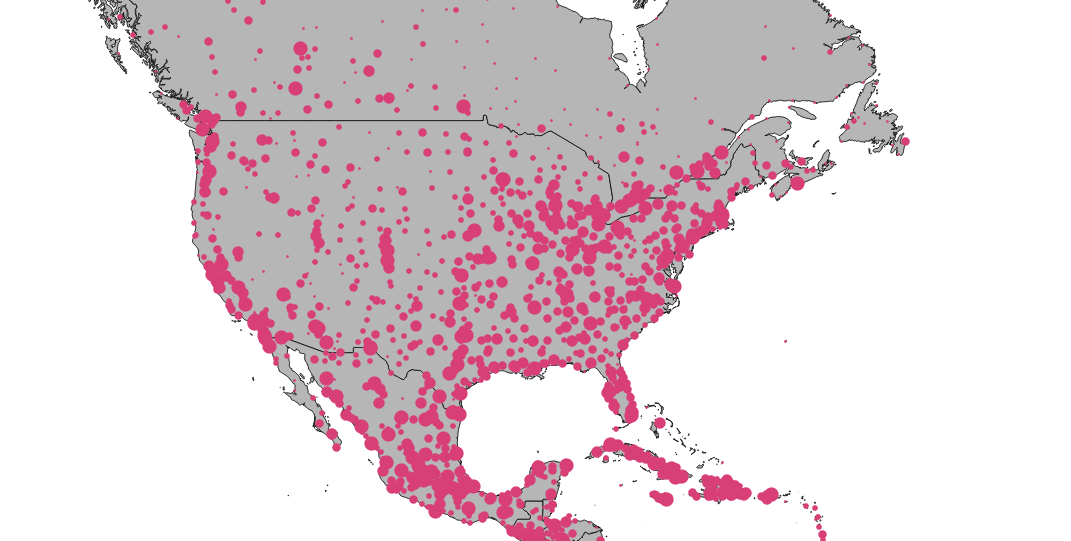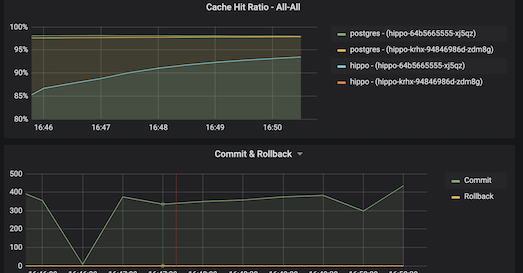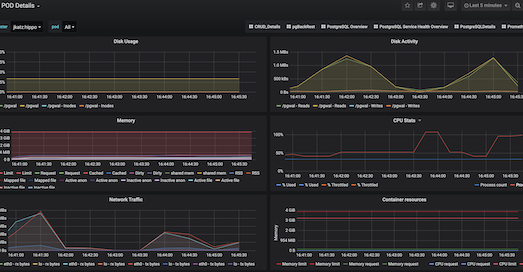Latest posts
Replacing Lines of Code with 2 Little Regexs in Postgres
For those of you who have a bad taste in your mouth from earlier run-ins with regexs, this will be more use case focused and I will do my best to explain the search patterns I used.
7 min readPostGIS Day 2020 Roundup
Crunchy Data's second annual PostGIS Day took place a couple weeks ago on November 19th, and as a first-time attendee I was blown away by the knowledge-sharing and sense of community that I saw, even as I was tuning in remotely from my computer at home.
7 min readUsing Postgres for Statistics: Centering and Standardizing Data
Today we are going to examine methods for calculating z-scores for our data in the database. We want to do this transformation because, when we carry out logistic regression we want to be able to compare the effects of the different factors on fire probability.
8 min readPostgres: The batteries included database
Today you don’t need a reason for choosing Postgres, if you do all your answers are above. Today the question has really shifted to what are you not using Postgres for, and how can the community better support that happening natively in Postgres in the future.
8 min readWaiting for PostGIS 3.1: Grid Generators
Summarizing data against a fixed grid is a common way of preparing data for analysis. Fixed grids have some advantages over natural and administrative boundaries.
2 min readPostgreSQL Benchmarks: Apple ARM M1 MacBook Pro 2020
This week Apple started delivering Macs using their own Apple Silicon chips, starting with a Mac SOC named the M1. M1 uses the ARM instruction set and claims some amazing acceleration for media workloads. I wanted to know how it would do running PostgreSQL, an app that's been running on various ARM systems for years. The results are great!
4 min readWaiting for PostGIS 3.1: Performance
Open source developers sometimes have a hard time figuring out what feature to focus on to generate the greatest value for end users. As a result, they will often default to performance. Performance is the one feature that every user approves of. The software will keep on doing all the same cool stuff, only faster.
3 min readPostgres Streaming Replication on Windows: A Quick Guide
In this blog post, we'll discuss how to set up streaming replication in Windows. Credit goes to my colleague Douglas Hunley whose blog post on setting up streaming replication on Linux served as inspiration.
5 min readVirtual PostGIS Day 2020 is Nov. 19
We're putting together an awesome PostGIS Day virtual conference on Thursday, Nov 19th. Last year we hosted our first PostGIS Day in-person in St. Louis and although we can't gather in the same way this year, going virtual allows us to give even more talks!
4 min readPostgreSQL Benchmarks: Apple Intel MacBook Pro, 2011-2019
Apple's Intel-based laptops are very popular among developers, and that's as true of people who work on PostgreSQL as other groups. Tomorrow, the first shipping Apple laptops running on ARM CPUs instead of Intel are expected.
3 min readElection Night Prediction Modeling using PL/R in Postgres
I was sent a link to a tweet regarding election night forecasting and of course the default questions was... could be run under PL/R inside Postgres. Like about everything else at Crunchy Data we believe all things are better with Postgres.
10 min readPostgres in the Cloud for Django Apps
In this post I'll walk through the steps to connect a Django app to PostgreSQL in the cloud via Crunchy Bridge.
5 min readUsing PostgreSQL and SQL to Randomly Sample Data
In the last post of this series we introduced trying to model fire probability in Northern California based on weather data. We showed how to use SQL to do data shaping and preparation.
7 min readOnline Upgrades in Postgres
In our previous blog post, we talked about upgrading a PostgreSQL cluster to a new major version with pg_upgrade. But in some instances zero downtime may be essential.
8 min readTuning Your Postgres Database for High Write Loads
As a database grows and scales up from a proof of concept to a full-fledged production instance, there are always a variety of growing pains that database administrators and systems administrators will run into.
4 min readPostgreSQL Monitoring for App Developers: Alerts & Troubleshooting
When should you be alerted about issues in your PostgreSQL clusters? How do you troubleshoot them? What are some typical solutions?
10 min readPostgreSQL Monitoring for Application Developers: The DBA Fundamentals
What are some PostgreSQL monitoring stats that are typically used to monitor the health of your databases?
10 min readPostgreSQL Monitoring for Application Developers: The Vitals
What are some of the key stats to look at to ensure your PostgreSQL cluster is healthy? How can you use this stats to diagnose the problem?
9 min readHow to Setup PostgreSQL Monitoring in Kubernetes
Set up turnkey monitoring for PostgreSQL clusters running on Kubernetes using the Postgres Operator!
4 min readSynchronous Replication in PostgreSQL
PostgreSQL has supported streaming replication and hot standbys since version 9.0 (2010), and synchronous replication since version 9.1 (2011).
9 min read


-3.png)








-1.png)



.png)
.png)
.png)
.png)




.png)